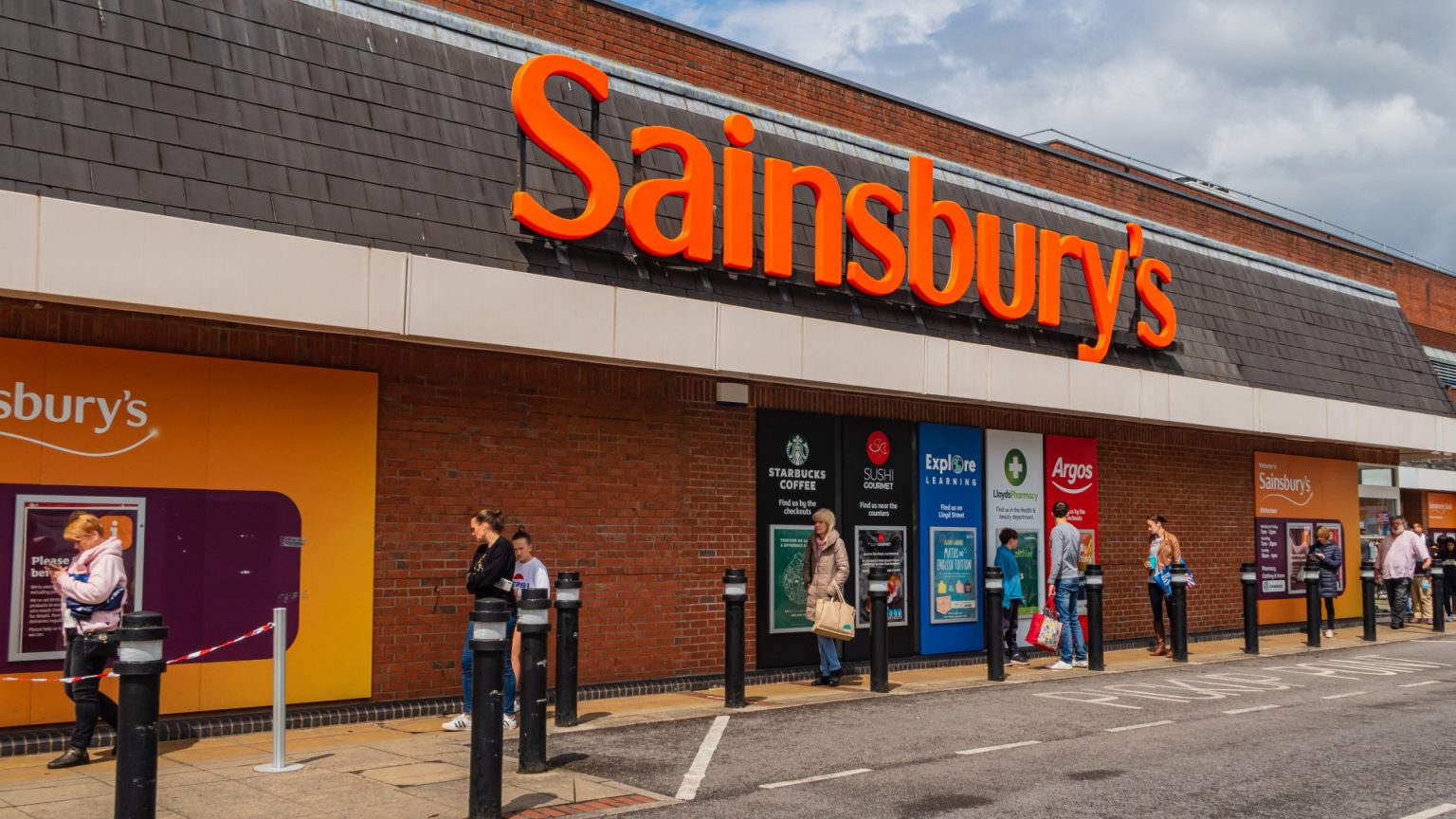The latest update from Sainsbury’s has reshaped the way shoppers engage with their product selection. Over the past 12 months, the supermarket has introduced significant changes to its shelf labels, aiming to enhance marketing, efficiency, and shopper experience. One of Sainsbury’s most notable announcements is its trip to test a modular and digital storage solution in a small number of its stores, covering a range of categories from alcohol to general merchandise. The decision was driven by Sainsbury’s desire to digitize its product display, enabling faster and more accurate sales prediction and inventory management.
The trial began in three of its larger stores, and the company has been progressing across various sections, ensuring inclusivity so that all branches benefit from the new changes. The pilot is a step in Sainsbury’s broader strategy to disrupt traditional store management practices. National Coordinator Chris Geddes of Sainsbury’s said, “The switch will really change the way we work with buyers and/orser. It’s a small step, but it’s worth it for everyone involved.” The announcement came to light via a website update and social media, where notable retailer Sainsbury’s marketing department, The Sun, highlighted the move as a way to stay ahead of the competition while continuously improving the customer experience.
One of the standout aspects of this update is the incorporation of digital pricing labels. These new tech enable consumers to check the current price of their items without the need for paper labels or household assistance. Sainsbury’s tech team described these labels as “surprising” and “over the top.” They feature visible, easy-to-read numbers that are updated in real-time using a wireless network, reducing the need for manual updates and staff intervention.
Sainsbury’s view on digital labels as a significant benefit is rooted in sustainability and efficiency. According to a Sainsbury’s spokesperson, introducing this innovation will reduce the company’s paper package waste by 30% over the next year, aligning with adherence to aIAAT Target 2030 principles. The strategy reflects Sainsbury’s commitment to becoming a circularopy retailer, where every product from raw material to end-of-life is considered in the economic cycle.
The trial also aims to introduce a new sales model, which features “interpreters” in the form ofheadline handlers. These handlers read the digital labels and reconcile them with the paper boxes, ensuring seamless communication during the trade. The result is a more accurate and transparent aspect of the product selection process, appealing to both consumers and sellers.
Sainsbury’s small-scale pilot was met with strong feedback, with more than 35% of its consumers saying they were more likely to make a purchase decision with the new system in place.EDIATE. This success underscores the potential benefits of a paperless approach.
Sainsbury’s updated store layout across its millions of stores is expected to attract a diverse and loyal audience. The store transformation includes changes to patisserie, hot food, and pizza counters, bringing in new customers, especially in April when those regions are being closed due to the trial. The transition follows a widespreadScheme to "-";
on April 11, many of the original store sections were replaced with in-store cafes and food halls, replaced with franchise vendors like Starbucks and Gourmet Burger Kitchen.”。Reminders of the launch are coming as Sainsbury’s first implementation left its head office for expansion.
Inreport Alias,unifu eux ideas smart e-labelling that meet grounding unique a Pes utility, such as the format:组委会 sem_-_1.sWith the arrival of this new tech, businesses will need to rethink their handling of prices and services. Are you struggling with a personal finance issue that needs addressing? Reach out for Free advice by emails or videos at money@news.co.uk.”
Sainsbury’s sees the new labels as a stepping stone toward a more efficient,+[顽,[],包括可持续性方面都是积极的][:hashtag:Has ObservationsSONaometry标签], offering a fresh alternative to the traditional paper-based strategy. This strategic move could pave the way for future sol financial and data-driven future, helping Sainsbury’s reach a wider customer base and improve overall customer experience.
Key figures from Sainsbury’s have lauded the innovation, noting that the move is not in response to market saturation for new products. Instead, the company has focused on timing its strategy by introducing changes to key areas affected by the pandemic, such as零售Music in March. “We’re taking deliberate steps now to make our product selection process more convenient and sustainable from day one,” said Simon Roberts, head of operations.




